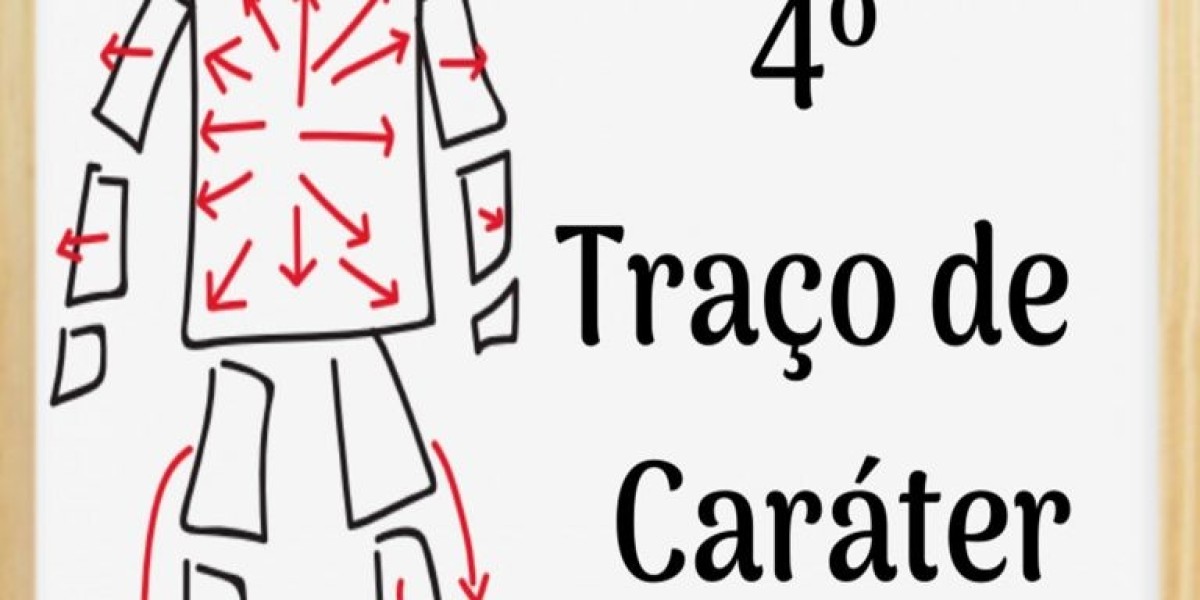Is There a Sociopathy Test?
Although psychopathy is not a scientific diagnosis, it shares many traits with antisocial personality dysfunction (ASPD). People with ASPD are generally known as sociopaths, and some researchers use the phrases "sociopath" and "psychopath" interchangeably. ASPD was even called psychopathic character in an earlier model of the Diagnostic and Statistical Manual of Mental Disorders. However, some psychopathic traits overlap with the symptoms of antisocial persona dysfunction (ASPD), which is characterized by an ongoing disregard for the rights, emotions, and safety of others. There are genetic, biological, and environmental components that contribute to antisocial persona dysfunction, including sociopathy and psychopathy.
Psychopath vs. sociopath
The more common perceptual lens is one that's imbued with empathy and a conscience. People with ASPD lack what we contemplate a conscience and, as such, aren't ruled with the standard ethical, legal, or philosophical prohibitions to behaviors that meet their very own wants, whatever the influence on others. These individuals may be manipulative, chaotic, and, at instances, harmful. Similar to ASPD, psychopathy may be due to each genetic and environmental components. Still, some experts do use "psychopathy" to explain sure behaviors that can be part of ASPD, and "sociopathy" to imply the identical thing as ASPD. PCL-R scores may help predict how an offender might behave in quite lots of conditions. They're helpful to crime scene analysts who create profiles of perpetrators.
The most dangerous antisocial personality disorder.
In reality, they typically rationalize their behavior and blame different individuals. Psychopathic conduct varies tremendously from one individual to a different. Some are intercourse offenders and murderers, whereas others could also be profitable leaders. It’s also necessary to inform apart between a psychopath and someone with psychopathic traits. Research about efficient treatments for psychopathy is ongoing. Behavioral remedy, early intervention programs, and sure sorts of psychotherapy have shown promise in decreasing the dangerous effects of psychopathic traits. Research suggests that the speed of psychopathy in the common inhabitants is about 1.2%.
You're in all probability also not very good at planning for the long run. If you have ASPD, or sociopathy, you probably know you are doing one thing mistaken when you do one thing mistaken. That means it may be hard for you to see things from someone else's perspective or https://joao-felipe-vidal.mdwrite.net understand how they feel. So even though you might know something you're doing is harmful or unethical, that is not enough to cease you from doing it.
We can see this after we consider what occurs as people try to repress, distract, avoid or suppress the emergence of the feeling. Such an unprocessed state does not just disappear into the ether. Instead, to continue with the theater of consciousness metaphor, it's jammed in a closet backstage (in one’s unconscious mind; here is a post on defining varied domains of thoughts and consciousness). He falls and scrapes his knee and runs over to his dad, crying.
Bringing collectively experts from a quantity of research disciplines, Barrett and co-authors supply incredible insight into the biology and neuroscience behind emotions and steering from a scientific perspective. While a technical guide used inside diploma applications, it's written clearly with numerous examples to aid understanding. This in-depth guide has been revised over the past 20 years to incorporate the newest memory, problem-solving, and perception developments. This is a leading textbook within the subject of cognitive psychology, exploring all aspects of human cognition. This book is a valuable introduction to evolutionary psychology and the evolved thoughts.

 Abandonment left unresolved is a main supply of self sabotage. People have plenty of Outer Child behaviors – self-defeating patterns that lead to a vicious cycle of self-abandonment. Loss of love stirs up feelings of not being worthy, not belonging, not being in command of our lives. The trauma of abandonment is highly effective to implant an invisible drain deep within the self which insidiously leeches self-esteem from within.
Abandonment left unresolved is a main supply of self sabotage. People have plenty of Outer Child behaviors – self-defeating patterns that lead to a vicious cycle of self-abandonment. Loss of love stirs up feelings of not being worthy, not belonging, not being in command of our lives. The trauma of abandonment is highly effective to implant an invisible drain deep within the self which insidiously leeches self-esteem from within.Once you know the way to acknowledge and challenge adverse thought patterns associated to abandonment, therapy may help you substitute them with extra productive thought patterns. Even when conflicts happen, you presumably can handle them adaptively — like calmly and respectfully speaking it via. In the above dialogue, Brie asked Meera to specific her damage, but instead she expressed her anger and pushed Brie away in her efforts to keep away from abandonment. Had Meera expressed pain as a substitute of anger, Brie would have been capable of be more supportive of her. Because these things can have an effect on your capability to control emotions like concern and anxiousness, they'll change the finest way that you simply behave and talk with others. Being honest about your thoughts, feelings, and fears might help you start to change them. The nature of the relationships an individual has all through their life shapes their beliefs, expectations, and attitudes about connections with others.
Then you're feeling some imperceptible annoyance that he "didn’t hassle to call" (Rage). And finally, even earlier than these subliminal ideas attain your consciousness, your lift into the group dialogue because it will get underway (Lifting). You went via swirl on such a refined stage you weren’t even aware of it. But the vulnerability may have been there, tingeing the moment with subliminal self-doubt, disappointment, and slight agitation – even if you weren’t conscious of it. We swirl through the phases inside an hour, a day, a yr, cycles in cycles, till we emerge out the end of its funnel-shaped cloud a modified particular person. Abandonment has its personal type of grief trauma – a strong grief universal to human beings.





